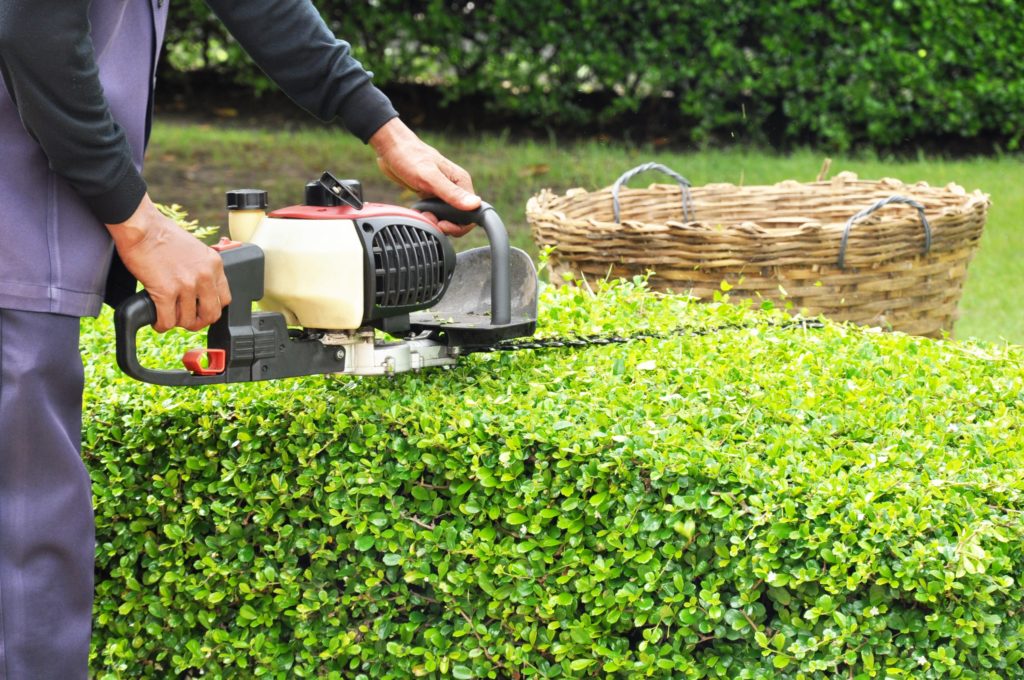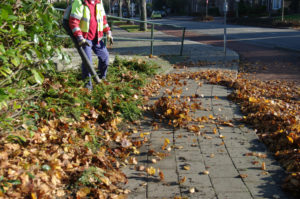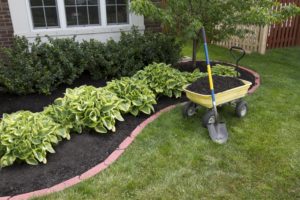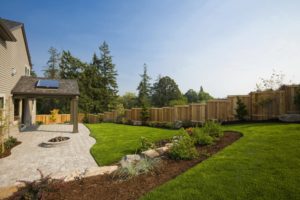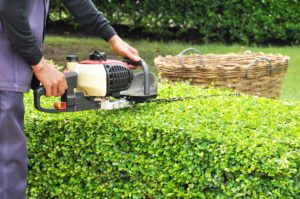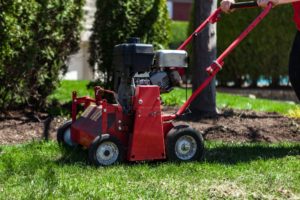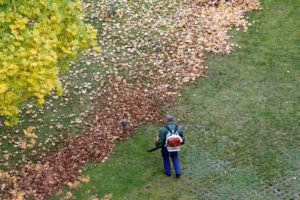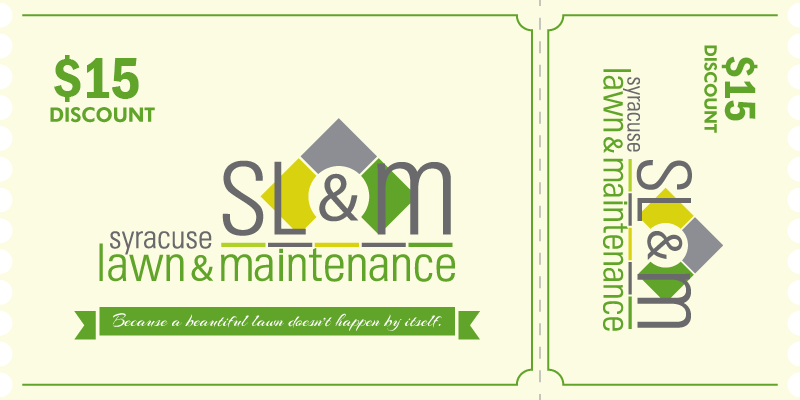Too often, plant maintenance is overlooked. There are several benefits to a well-maintained landscape besides aesthetic purposes. Sure your home’s exterior property will look much more presentable. Still, pruning and trimming also allow for proper plant growth, as well as helping to control insects and plant-related diseases.
Pruning vs. Trimming
The terms pruning and trimming are often used interchangeably, but surprising to most, there is a difference between the two. When removing the dead, loose, or infected branches or stems from their respective plant, you are pruning. Trimming, on the other hand, occurs when you are cutting back overgrown plants. Below are some of the many benefits of pruning and trimming regularly.
Pest & Insect Control
One of the first benefits of pruning and trimming outdoor trees and shrubs is that pests and insects are better managed. If the insects on your property are not controlled, there can be a serious concern. Tent Worms are colonizing insects that build nests in your trees and eat the surrounding foliage. While the insects might not necessarily kill off the plant, they can spread diseases, weakening the plant and increasing the likelihood of falling branches. If the plants are too close to your home, the insects can make their way into your home or invite other unwanted pests to nest inside it.
Protection
A more obvious benefit of plant upkeep is the safety of your property. Dead and diseased branches create a major hazard to your home. Your family is also susceptible to the danger of falling branches. By properly pruning your plants, especially trees, you are ensuring that your property is safe. The siding of your home can also be damaged from branches rubbing against it from harsh winds. Vines and climbing plants should also be trimmed regularly. Depending on how closely they are located to your home’s siding, they can grow underneath the siding and pull it away from your home’s structure.
Proper Growth
Just like yourself, plants need proper maintenance for adequate growth. Pruning and trimming shrubbery improve the health and strength of a plant. Structurally pruning a young plant will benefit the plant the greatest in the long run. It will require less corrective pruning as the plant matures and is more likely to form healthier. If there is a loss in shape, the plant can weaken and not have the strength to support the entire plant. The last thing anyone wants to deal with is an issue that could have been prevented.
By continually pruning and trimming trees and shrubs as needed, your home’s exterior will reap the most benefit. All plants require specific maintenance at different times throughout the year. It is essential to monitor your home’s landscape continually so that you can take any necessary actions as needed.
Benefits of core aeration and over seeding
Core aeration is the process of perforating the soil and any thatch layer by removing soil cores and depositing them on the surface, allowing air, water, and nutrients to reach the core of the roots. Aeration and overseeding are a necessary combination to repair the wear and tear that winter and summer damage inflicted on your lawn.
Q. How do I know if my yard needs to be aerated?
A. Every yard will benefit from at least an annual core aeration.
Q. When and how often should aerating be done?
A. We recommend twice per year and at a minimum at least once a year.
- Spring and fall are the optimal times to aerate.
- The combination of warm days and cool nights with adequate moisture in the ground creates the ideal growing conditions for grass seed.
- Weeds are slow to germinate at this time so that grass can flourish.
Q. What are the benefits of core aeration?
A. Aerating helps oxygen, nutrients, and water reach the root zone. Thus allowing roots to grow deeper, creating a healthier and dense lawn.
- It also greatly reduces thatch build up, soil compaction and create an optimal environment for Over seeding.
Q. Should I overseed when the core aeration is complete?
A. Overseeding should be considered when core aeration is done. If your lawn is thin in various areas overseeding after core aeration is the optimal time.
- Seeds germinate easily in aerator holes.
- Overseeding introduces new grass seeds to fill in thin areas and thicken existing turf.
- Overseeding builds resistance to insect damage and turf disease.
Q. If I see improvement after my first aeration, should I still aerate?
A. Yes, you should continue biannual aeration. Core aeration should be a continual part of any lawn care program like fertilizing, overseeding, watering, and mowing.

